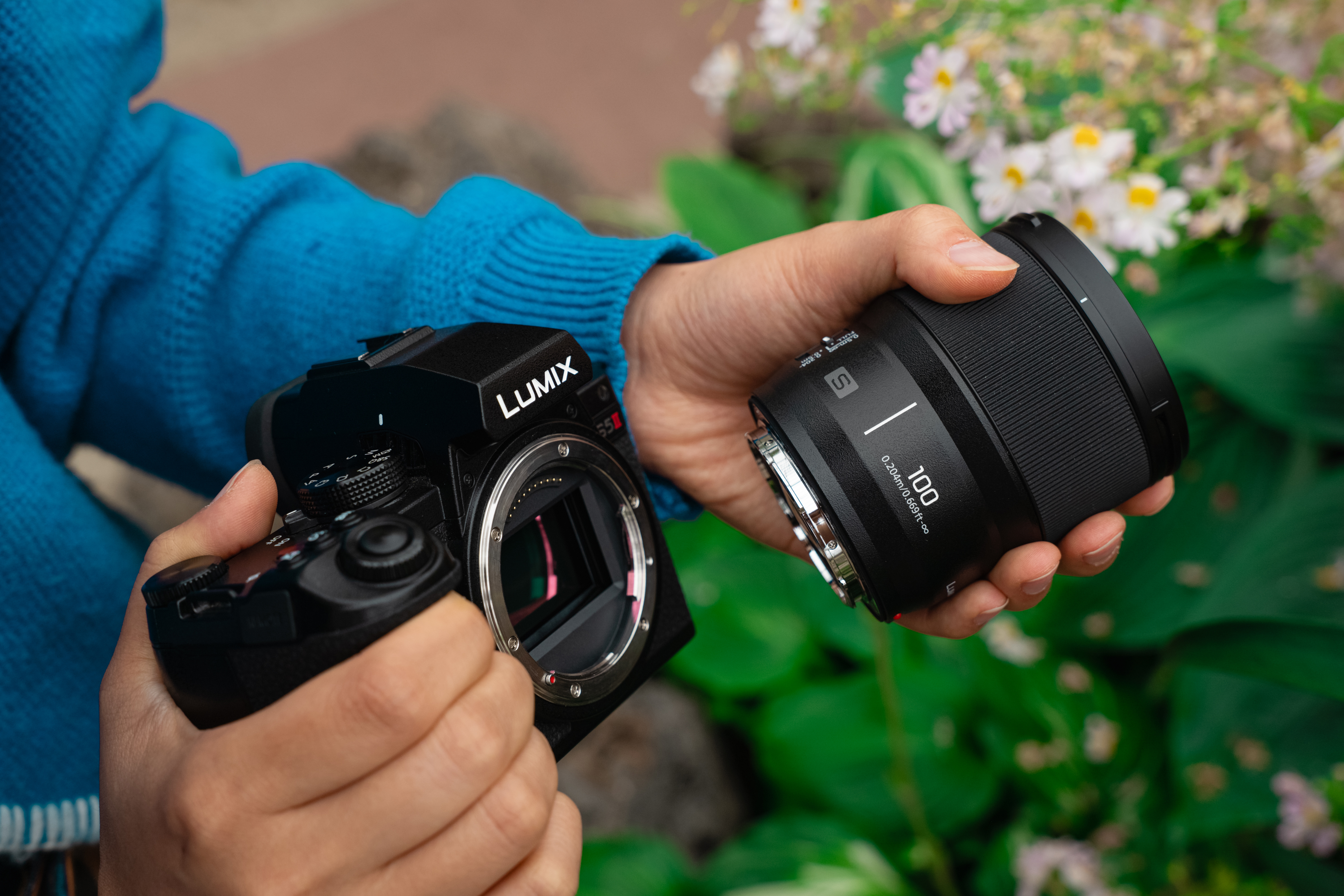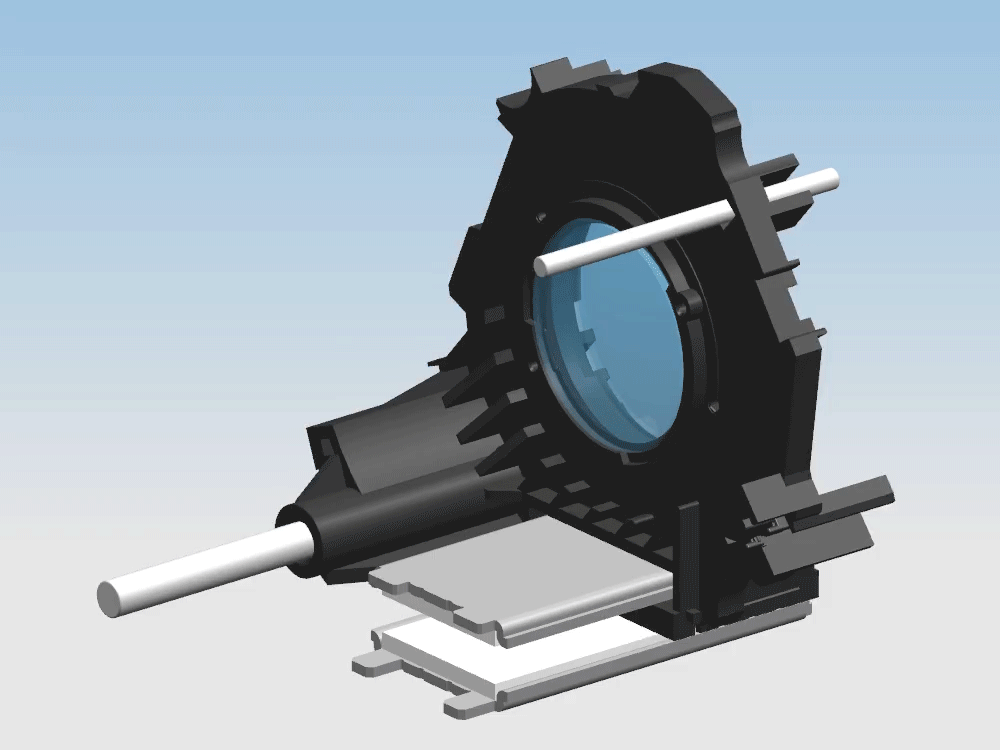Panasonic redefines the medium telephoto macro lens

When Panasonic added a macro lens to its LUMIX lens roadmap, its engineers faced a conundrum: providing a lens that can serve discerning macro photographers as well as a medium telephoto that would be fast enough for portrait and youth sports, while also being small and lightweight for wildlife and landscape work. In short, Panasonic was looking to redefine the venerable medium telephoto macro lens.
For years, these kinds of lenses with a 1:1 or greater reproduction ratio have been the choice of professional macro photographers – but not the choice for other forms of photography. This has been due to their large size and weight, coupled with the fact that they often have to move their focus elements fairly far – so the motor speed is traditionally slow.

The goal for the 100mm f/2.8 macro was to match the size and weight of Panasonic's S-Series f/1.8 prime lenses. The engineering team divided the focus elements into a pair of groups, cutting approximately 25mm off the depth of the lens, and a trio of aspheric elements were employed to further reduce lens size and weight while controlling chromatic aberrations.
Once the lens groups were determined and the optical formula was set, the engineers realized that the secondary group contained a particularly large element – 1/15th the total weight of the lens – so a stepper motor that could manage the weight was developed.

To set a new standard for autofocus speed, Panasonic developed a novel approach to move the primary lens group: a patented Dual Phase Linear Motor, which increases thrust by three times that of any previous design. This new AF system delivers the best autofocus experience in a medium telephoto macro lens, and the 100mm f/2.8 Macro is now one of Panasonic's fastest-focusing lenses ever.
For photographers who clamor for the days of gear-driven manual focus systems, the manufacturer sought to find a way to reimagine its focus-by-wire system to deliver a manual lens feel with even greater control.

The lens ring positioning system was also reworked, resulting in six times greater precision than previous designs. This improvement enables photographers to program the degrees of rotation of the focus ring, truly exceeding what is possible with a manual lens.
The 100mm f/2.8 Macro represents the culmination of decades of optical, mechanical and industrial design; a lens that is optically state-of-the-art, at a length that is at least 33% smaller (around 82.0mm / 3.2 inches) and less than half the weight (approximately 298g / 0.66lb) of the closest competitor. Truly a stunning achievement! To learn more, click here.

Get the Digital Camera World Newsletter
The best camera deals, reviews, product advice, and unmissable photography news, direct to your inbox!
Digital Camera World is one of the leading authorities on camera and photography news, reviews, techniques, tutorials, comparisons, deals and industry analysis. The site doesn't just specialize in cameras, but all aspects of photography, videography and imaging – including camera phones, gimbals, lenses, lighting, editing software, filters, tripods, laptops, printers, photo books, desks, binoculars and more.
Whether you're using, looking to buy or trying to get the most out of a compact camera, action camera, camera drone, cinema camera, beginner camera or professional camera, Digital Camera World has a roster of experts with combined experience of over 100 years when it comes to cameras, photography and imaging.

